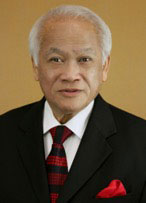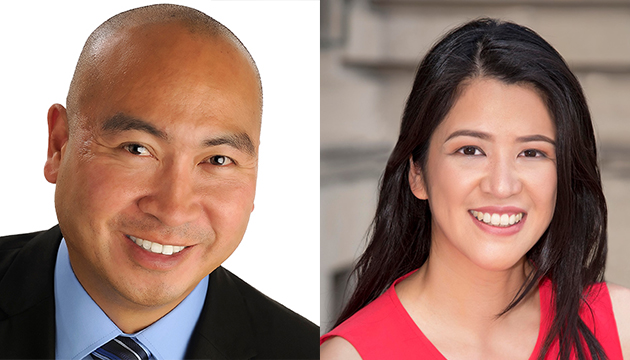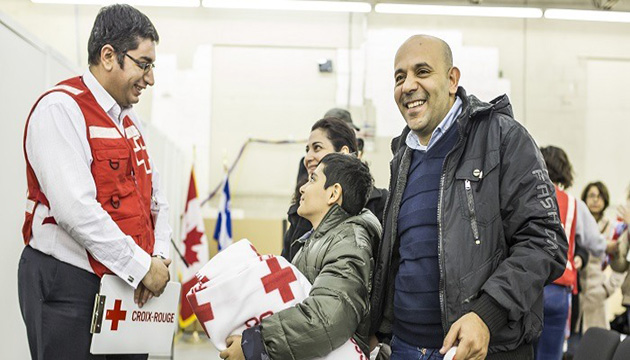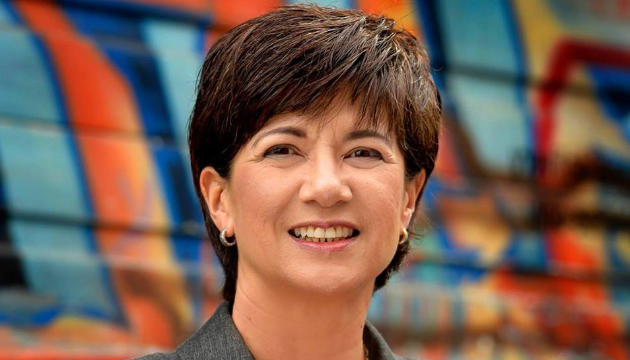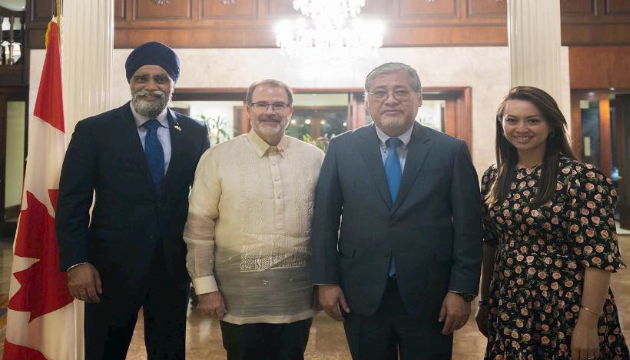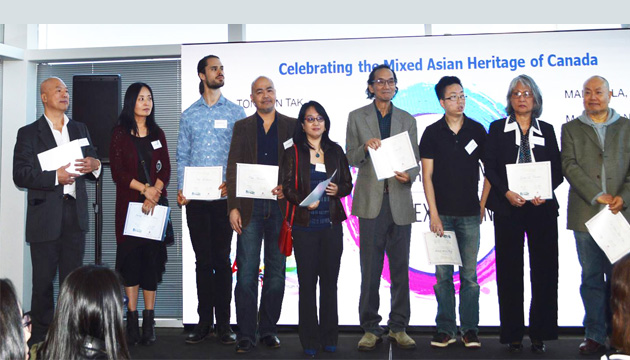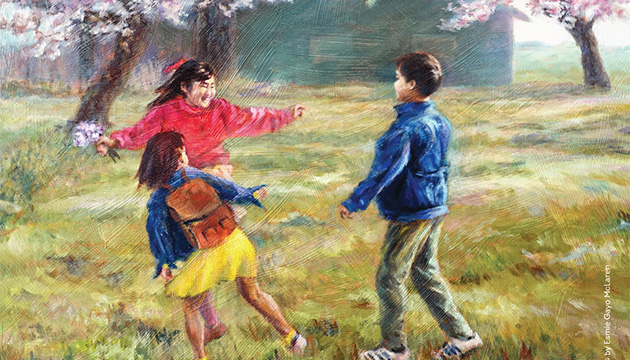April 1, 2025, Winnipeg: This general federal election – which began on Sunday March 23rd and ends on Monday April 28th – is destined to be the most crucial election in Canadian history.
At stake is the survival of our economy and sovereignty! Worse, the twin threats have come from no less than Canada’s largest trading partner, closest military ally, and robust partner in championing at home and abroad universal human rights, democratic ideals, and the rule of law for all these decades until no longer now.
U.S. President Donald Trump has virtually ended Canada-US nation-to-nation relationship by 1) unjustifiably imposing prohibitive tariffs on American imports from Canada and, 2) disrespectfully taunting to take over our country. The twinning of these onslaughts makes it abundantly clear Trump’s intent is to weaken the Canadian economy and, thereby, leave us no choice but to accept becoming the 51st American state.
Obviously, the Trump administration had underestimated Canadians’ deep sense of national pride. Said then outgoing Prime Minister Justin Trudeau in indignant response to U.S.’ taunts to annex Canada: “There isn’t a snowball’s chance in hell that Canada would become part of the United States.” He reflected, in standing up to Trump, Canadians’ feelings of betrayal by Trump America!
Prime Minister Mark Carney: New Liberal Leader and a gift to a nation in need
Mark Carney – a renowned economist and experienced civil servant that helped successfully manage the economic and financial crises that confronted Canada and the U.K. among many others of his domestic and international achievements and accomplishments – became the new Liberal Leader and Prime Minister-Designate on March 9 with his commanding win of 85.9% of the votes cast on the first ballot among four top-notch leadership candidates.
A giant winner for a political neophyte! Yes, notwithstanding he holds no seat in Parliament. Indeed, his leadership victory is clear acknowledgement of his proven leadership at times of crises.
Sworn into office five days later on March 14th by Governor General Mary Simon, he became the 24th Prime Minister of Canada.
Momentum of leadership
Barely two months earlier, a Liberal victory in a general election was not on the horizon. By the time he won decisively the leadership– with his impeccable credentials and value-laden leadership qualities – propelled the party back to the horizon. Speaking in a learned and dignified way during his acceptance speech, his message, “I care about people,” came out loud and clear.
Within hours and days after being sworn in, his habit of hard work with his action-oriented attribute were in full display as he made his first official trip and met with President of France Emmanuel Macron and U.K. Prime Minister Keir Starmer, with whom he discussed security and defense industry strategy and mutually agreed to enhance trade opportunities.
Onwards home to Iqaluit, Nunavut, he announced that Canada is partnering with Australia on the over-the-horizon radar system to monitor threats as part of the federal government’s plan to modernize NATO. Also, he announced the funding to upgrade power plants in Nunavut.
He met with steel workers in Hamilton, Ontario and convened the First Ministers to address the adverse impact of Trump’s tariff war. He felt confident about establishing a barrier-free trade system among the provinces and territories come Canada Day July 1st.
A snap election for three reasons
Ostensibly conscious he has no seat yet in the House of Commons and, therefore, cannot make himself available in person for the imminent parliamentary session on Monday March 24 at the end of Parliament’s prorogation (suspension of session), it was wise of him on the day before – barely 10 days as Prime Minister – to recommend to the Governor General to dissolve Parliament and call a snap election for April 28th, that is, about half a year earlier than the fixed-date schedule of October 20.
Not only is it permissible under the same Canada Elections Act that prescribes the four-year fixed-date schedule and not only would his absence in person have been awkward if he had first resumed the session of parliament from prorogation, but holding the snap election months earlier would also give Canadians nationwide the opportunity to be directly engaged on a national conversation, to hear their concerns and insights on the critical existential threats to Canada.
The Canadian electorate would be clear on their mandate who would they most trust to stand up for them to Trump’s punishing and unjustified tariff, fight for their employments and livelihoods at this perilous time, protect and secure our people, and build the strongest economy among the G7 countries to help ensure our economy can support Canada’s social programs – universal medicare, pharmacare, dental care, old-age security, Canada Pension plan, childcare, and affordable living – and security from external adversaries, today and in the future
[Note: The G7 countries include Canada, France, Germany, Italy, Japan, the United Kingdom and the United States of America). Together, they constitute “the informal grouping of advanced industrialized democracies that meets annually to discuss and coordinate global economic governance/policy and also address other transnational issues such as international security.”]
A timely gift to a nation in need
Prime Minister Mark Carney, in the days and weeks he has been in office, has shown us a truly inspiring leader we can trust, a timely gift to Canada at this critical moment in the life of our nation. He is simply trustworthy and competent with a heart.
Indeed, Mark Carney is a timely gift to Canada at this perilous and uncertain time, and beyond as Canada grows the strongest economy in the G7 nations. He will do us proud as Canadians amidst the shadow of Trump America!
Backgrounder:
How does Canada choose its Prime Minister and form its new government following a general election
Canadians do not vote directly for their Prime Minister. During this general election, the electorate from the 343 electoral ridings in the country will elect their respective MP (Member of Parliament) for the 343 vacant seats in the House of Commons. Together, they constitute the new Canadian Parliament.
The Leader of the political party that wins the majority of seats in the new Parliament (172 and over), or less than the majority but the most seats (minority), automatically becomes the Prime Minister, who then appoints the cabinet ministers. Together, they constitute the majority or minority government, accordingly, in the new Parliament.
Selection of a party Leader – a political affair internal to a given political party – is governed by its own rules and procedures, but guided by the Canada Elections Act, Canada’s Constitution, and the body of political conventions.
The new Government is accountable to the new Parliament and, therefore, must have the confidence of the House of Commons when voting on legislations. When voting on major government bills or business items, such as during votes on Reply to the Speech from the Throne (the government agenda), the budget, or on a specific confidence-vote motion, the Government cannot afford to lose. When the Government loses on any such critical ‘confidence vote,’ it resigns in deference not to the enacted laws nor the Constitution but to the body of political conventions (the unwritten rules of parliamentary behaviour).

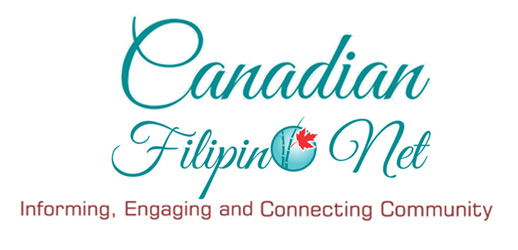
![The Right Honourable Mark Carney – The 24th Prime Minister of Canada [Credit: Photo Gallery, Office of the Prime Minister’s website, March 14, 2025]](/images/photos/april2025/Pm_Carney.jpg#joomlaImage://local-images/photos/april2025/Pm_Carney.jpg?width=630&height=360)
